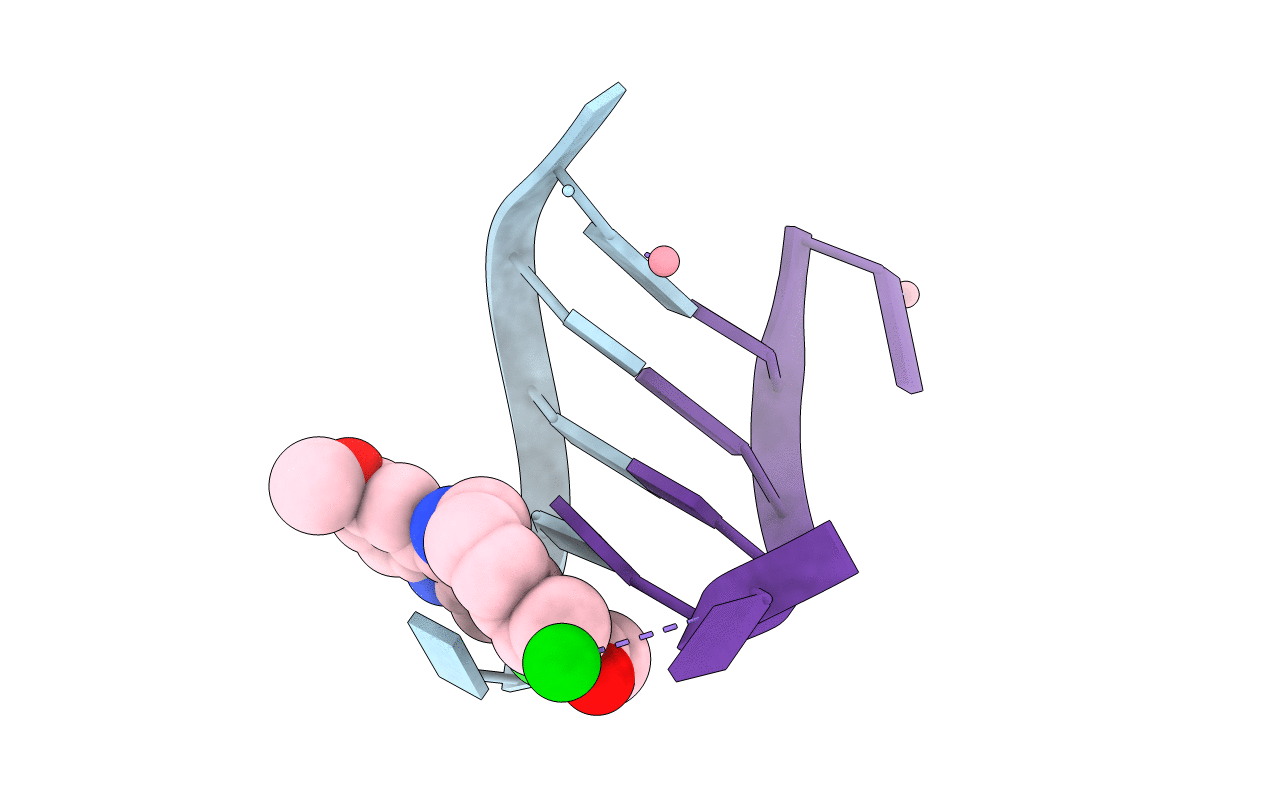
Deposition Date
2004-09-03
Release Date
2005-07-19
Last Version Date
2024-02-14
Entry Detail
Biological Source:
Source Organism:
Method Details:
Experimental Method:
Resolution:
1.40 Å
R-Value Free:
0.25
R-Value Work:
0.19
R-Value Observed:
0.19
Space Group:
C 2 2 2


